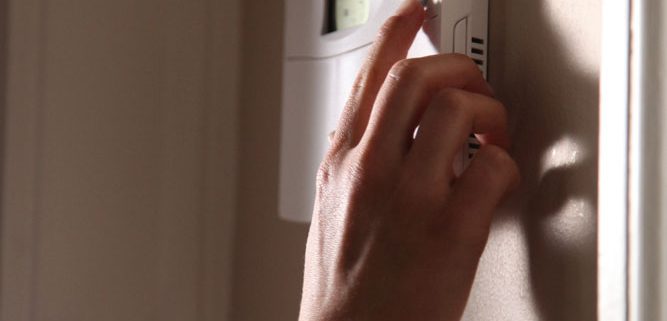It’s Not the Heat, It’s the Humidity
Why does a 95°F day in one of the Gulf Coast states feel hotter than the same temperature in the Southwest? Why do dry heat and humid heat feel so different, and how does this affect your strategy for home energy efficiency? While there are many common ways to achieve energy efficiency across all warmer climates, there are some important differences that vary by geography.
Heat and humidity vs dry heat
Generally speaking, when there is more moisture in the air, the temperature feels hotter than it actually is because moist air is closer to saturation than dry air. On a humid day, when the air is saturated with water, evaporation is much slower. Simply put, high humidity will make the air feel hotter while low humidity will make the temperature feel cooler.
Heat reduction is priority one
In warm climates, the majority of energy used to make the home feel comfortable is spent on home air conditioning and cooling. The first priority is heat reduction. However, in humid areas, moisture reduction is nearly as important as lowering the indoor air temperature. If a home has too much moisture, indoor air quality can be comprised and mold and mildew problems can develop.
Energy efficiency for hot and humid climates
The first line of energy defense is to ensure that your home is properly insulated and sealed in order to keep the heat and humidity that surround the house from getting inside. Leaky ducts, windows and doors can cause energy loss, making the HVAC system work much harder to wring the moisture out of the air and exacerbate potential indoor air quality issues. Homes that are “sealed tight” are easier to keep cool and dry.
Next, make sure your HVAC system is the right size. The U.S. Department of Energy estimates that most current residential systems are oversized. If your unit is too big, you will pay higher energy bills, and you won’t get the efficiency level or comfort you want and expect. It is also likely that the unit is “short cycling,” constantly turning off and on, never achieving optimum efficiency. When the unit runs in short bursts, it will not operate long enough to eliminate all of the humidity in your home. Damp, cool indoor air creates a muggy atmosphere that can lead to the growth of mold and mildew. This can be a particular concern for those who suffer from allergies, as many allergens thrive in damp conditions.
If you are considering a new HVAC system, consult your local electric cooperative to help you choose equipment that is the correct size and meets or exceeds the SEER (seasonal energy efficiency ratio) for the capacity requirement, such as Energy Star-rated systems.
DIY humidity reduction
There are some basic steps you can take to lower the humidity in your home to help make it feel cooler and more comfortable. Start by reducing the humidity you are already producing. The kitchen and bathrooms are the biggest contributors to higher humidity levels. Check to ensure that your range hood is ducted to the outside, as recirculating range hoods are not effective in controlling moisture (or odors). When cooking, and especially when boiling water, run the vent fan. In the bathroom, run the vent fan when bathing or showering. Keep the fan on up to 30 minutes after you have finished in order to eliminate the residual moisture in the air.
If you can reduce the indoor humidity level, you may be able to maintain a comfortable indoor temperature with a higher thermostat setting and ceiling fans. The air movement from the ceiling fan will create a “wind chill” effect, lowering the temperature and increasing comfort. Finally, check gutters and downspouts for leaks or blockage. If rainwater leaks out and saturates the ground surrounding your home, some of the moisture can eventually migrate into your house. If you would like more information about how to save energy, contact our energy experts at [insert contact information].
Anne Prince writes on consumer and cooperative affairs for the National Rural Electric Cooperative Association, the Arlington, Va.-based service arm of the nation’s 900-plus consumer-owned, not-for-profit electric cooperatives.





Leave a Reply
Want to join the discussion?Feel free to contribute!